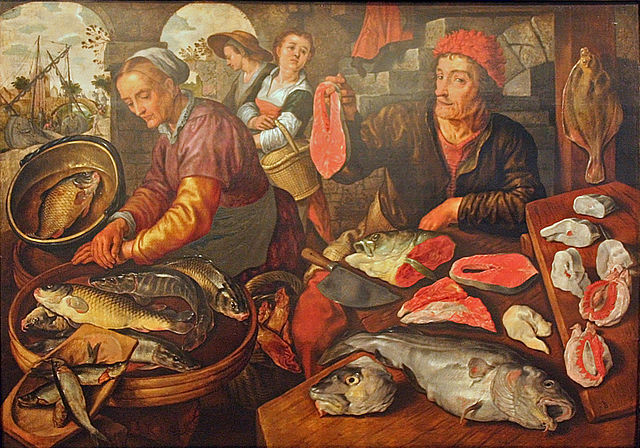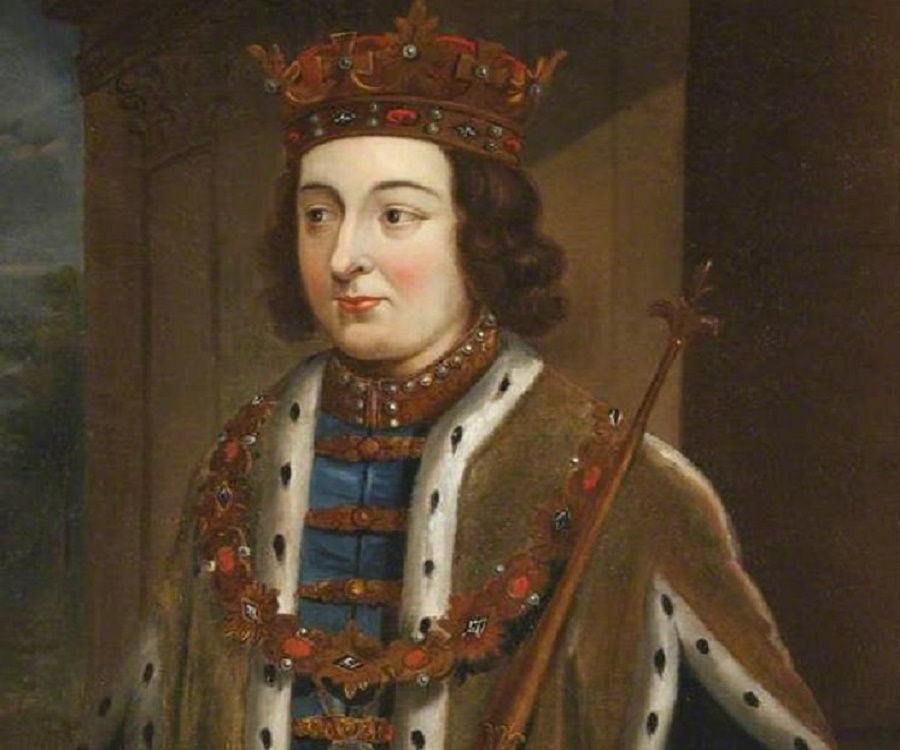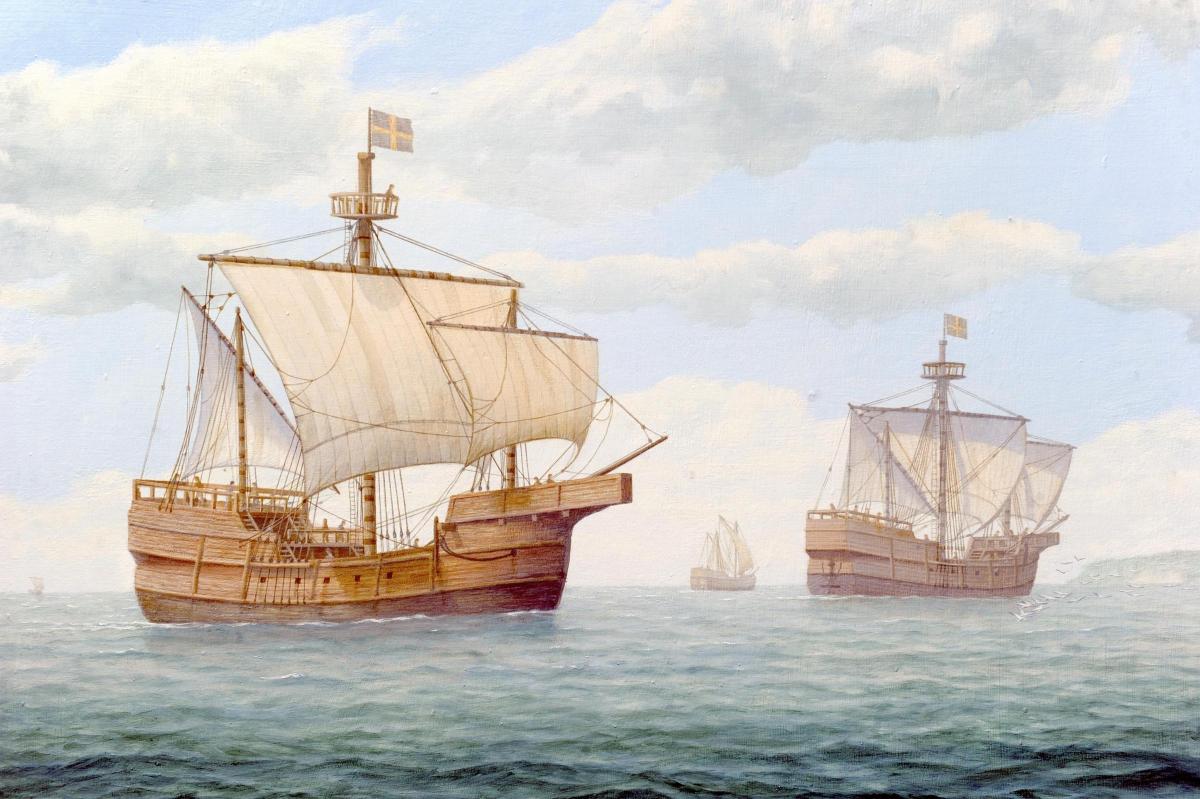Chapter 33: Of Fishermen, Monks and Princes
Part 3: Ripples in a Pond
The coastline that Young John saw was, despite the similarities to that of their homeland, an alien shore to the English fishermen. Nonetheless, they were far from home and completely lost and thus, the decision was taken by Captain Colston to make a landing. There was an outside chance that it was in fact the home for which they so longed and even if it wasn’t, it would be good to have something to eat instead of fish. Drawing closer to the coast, Colston ordered two rowboats to be lowered over the side and put ashore, the Captain himself at their head.
The three crafts pulled themselves towards the coast, buffeted by the surging waters of the sea, and, straining against their oars, crunched ashore in a rocky cove. Springing out of the boat, sword in hand, Captain William Colston stared around the cove and began to climb up over the rocks towards the thick pines that ringed the beach. Behind him, his sailors were a little more hesitant, boat hooks unfortunately don’t fill the heart with quite as much bravery as a sword. As Captain Colston neared the pines there was a rustling sound as feet trod on fallen needles and pushed through shrubs, Colston raised his sword, pointing threateningly at where the sound was emanating from.
“Who’s there?” The fisherman cried. “Show yourselves!”
Behind him, his men paused, doing their best to wield their boat hooks like spears, and stood there in a ragged line, quaking slightly.
“Show yourselves!” Captain Colston called again. “We are simply lost, we mean no harm!”
Out of the green-tinged shadows, first one man, then another, then another and another until there were 10 in all, stepped forwards. Colston stumbled backwards, still holding his word firmly forwards, for these men were unlike any he, or any of his sailors, had seen before. They had jet black hair, tied back in ponytails and with feathers stuck in place, and reddish-brown skin, not that Colston and his men could see much of their skin, however, as they were wrapped against the bitter sea air in thick furs. Worst of all for the Englishmen, though, they all held bows, arrows notched in place, aimed straight at them.
Colston scrambled to his feet and continued backing away, hands, now devoid of a sword which had been dropped as he stumbled, raised and open palms facing the men.
“We mean no harm!”
One of the men stepped forwards and lowered his bow, though his companions kept theirs firmly pointed at the Englishmen, and began to speak, in a language Colston did not understand.
“Who are you?”[1]
Colston looked at him blankly and simply repeated himself, no longer in a threatening tone but rather quieter, almost panicky.
“We are lost. We mean no harm.”
He gestured to his men to lower their boat hooks and most of them did so, but two or three clutched the poles and refused to let go. The fur-clad man, who appeared to be the leader of the band, repeated the same unintelligible phrase. By some good fortune or divine inspiration, Colston managed to answer to.
“English...We are Englishmen. Lost. We mean no harm.”
The strange man cocked his head to one side, as if he had somehow understood Colston and was now processing the information. After a few moments he replied and this time Colston understood him.
“Ing-er-is.”
Colston smiled in relief, though it would be short lived.
“Y..yes. English. We...we are lost.” He paused, swallowed and continued. “Can you help us?”
The man did not speak and simply made a gesture with his hand which must have been some kind of signal as his companions immediately lowered their bows and walked forwards with an agile grace that even a fishing captain like Colton recognised as that of practicised hunters. The men moved past Colston and advanced on the fishermen, those still holding boat hooks waved them vaguely at the advancing hunters but in moments they had surrendered. Colston himself simply watched helplessly and continued to hold his hands up before surrendering himself meekly to the leader.
One of the most famous depictions of a Beothuk, though a later painting and of a girl it gives a good idea of the Beothuk complexion, hair and clothing
---
Colston and his men were, as far as they knew, the first Europeans in this strange new land. Taken through the dense pine forests by the fur-clad men, they would eventually reach some kind of small settlement, little more than a camp. Colston would later write one of the first books to be widely published on the time he spent with the people he identified as the Beothuk, but for now this history will move to the rest of his crew that remained on the Virtue. Young John, ever vigilant, had seen Colston and his party taken into the forest and ran to the First Mate, one Walter Graham, who immediately set down two more row boats and led a second party to the shore. Hauling hard against the sea squall, they pushed towards the shore, scrambled up the rocky beach and set off after Colston and his companions but they were long gone, vanished into the depths of the forest. They would remain off the coast of the new found land for another week but after two or three more days searching for their Captain, they abandoned all hope of finding him. Filling the remaining time, in which they still held out hope that Colston might yet reappear, with hunting and gathering for food, they eventually set sail for home.
The journey home was long and storm blown and they returned to Bristol in the spring of 1493. As the battered and beleaguered Virtue sailed up the Avon, boatmen paused their work to watch what could surely only be a ghost ship and by the time they docked in Bristol there was a crowd of curious onlookers gathered to see them come in to port. There was a palpable nervous excitement as the rumours spread that this was the Virtue, the ship thought long lost in the treacherous Atlantic, the ship that carried the heir of the Colston family and dozens of the sons of Bristol too. Walter Graham appeared at the prow, leaning heavily on the rail that ringed the deck, and with a single trembling arm waved at the crowds who only looked on in silence. The Virtue drifted slowly forwards, the remaining scraps of sail drifting lazily in the sea breeze, and finally came to a halt against the dock. A gangway was laid out and the crew, or at least what remained of it, began to disembark.
The return of the Virtue to Bristol provided a welcome relief and distraction to the people of the city but the relief of the Colston family soon turned to despair when Walter Graham and Young John told them how their son had been lost in the strange far-off land. And it was this that gripped the public imagination. The New World Mania had come and apparently gone but now, as the crew of the Virtue’s story spread, it gripped the nation once more. The Colston family offered a prize for the rescue of their son, tales and rumours of gold spread, on no evidence it has to be said, and it reached the ears of the King himself. The tale gripped Edward VI, was this the opportunity that he needed? Were these new lands home to the riches that England needed? And so, in the summer of 1493, a fleet of 4 ships, the New World, which was the flagship, the Honour, the Rose and the Goshawk, was assembled in Bristol with the financial backing from both the Colstons and Edward VI. No expense was spared and the ships were well equipped and well stocked but the crown jewel of the expedition was the hiring of the well travelled and vastly experienced Venetian captain Marco Zanetti, who had sailed to the fishing grounds several times with the Basque among other achievements, to lead the expedition. They set off in July with great fanfare and embarked on the journey to the strange new world.
A contemporary Italian painting of Captain Marco Zanetti
---
The setting sail of the Royal Expedition gave the rumours and stories of the New World more weight than ever before and the ripples spread across the pond that was the British Isles and then further into Europe. Though Edward VI did attempt to keep the discovery a secret for a short time, news quickly spread, as momentous news is wont to do, but of course news is just rumours unless there is proof and, though the great port cities of Europe were awash with the tales of a strange land across the sea, no monarch agreed to finance their own expedition with the tales, which weren’t helped by the many embellishments of drunken sailors, being believed to be just that and the English being assumed to have simply ended up in Greenland and not any new found land. So it was that only the English ‘believed’ in the New World, in no small part because of the enthusiasm of their King. Well, that is not entirely true, the Welsh, having caught wind of the stories from across the Bristol Channel, were similarly enthused with excitement, not out of any particular need or even desire to stake a claim to any New World that might exist, but simply because of the songs that every Welsh bard knew and sang, the songs of Prince Madoc ab Owain Gynedd.
A 19th century drawing of Prince Madoc
[1] Spoken in Beothuk
___________________________________________________________________________________________________________________
Well, so much for getting in done by the New Year. But its here now, the first chapter of the new board. Chapter 33 is now concluded and the new era of the TL can begin in earnest. As always, please do leave a like or comment and, most importantly, enjoy!
Gwyn







